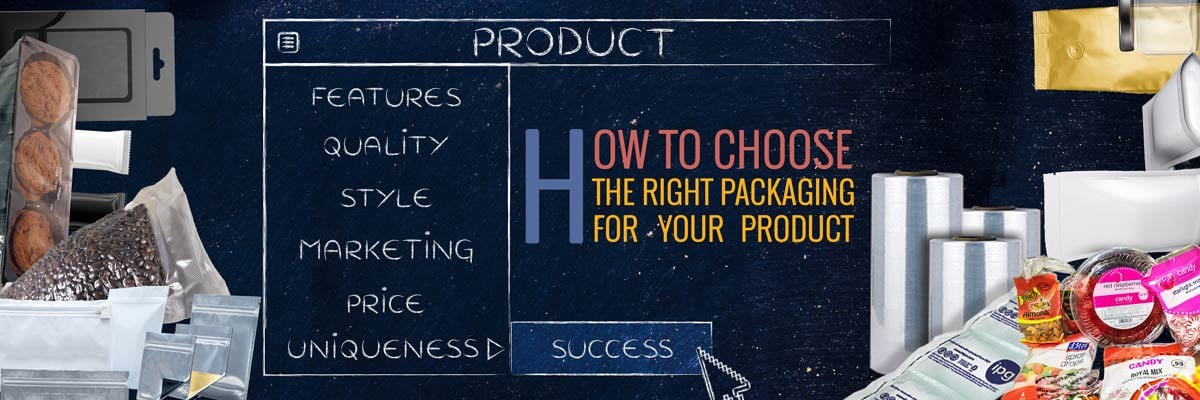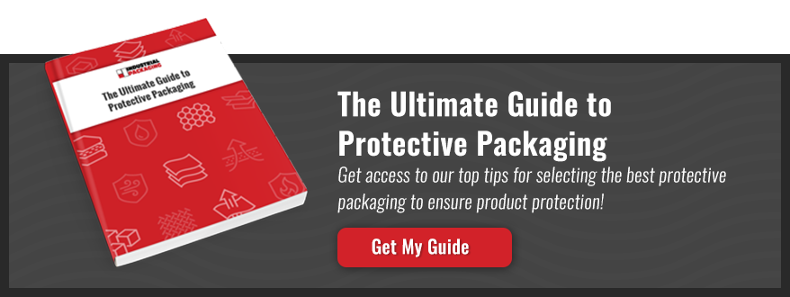How To Choose The Right Packaging For Your Product
When it comes to choosing the right materials to package your products, you can’t go wrong by paying close attention to the details. After all, the package you choose for your product may just be one of the biggest factors in making your product a success.
The right package not only attracts consumers, it will keep your product safe in transportation and keep it fresh. This reinforces the quality of the brand and item when customers know they can count on a fresh item from when it hits the shelf to when it’s in their hand.
This also means that the wrong package could be detrimental.
A sleek design and top notch branding are key elements for any product container. Functionality is just as important. In this post, we will help you to choose the right package to set your product apart on the shelf, and to meet with success after it leaves your facility.
Looking For Ways To Protect Your Products?
Here is a list of important considerations we will discuss for successfully planning your package design:
- Budget
- Transportation
- Materials And Sustainability
- Size
- Design And Branding
All of these are important things to consider for producing the best package for your product.
1. Budget
Before you begin any package design endeavor, you must determine the scope of your budget. This will determine what kinds of materials you can use, and what you can spend making your design as enticing as possible.
Materials like glass and natural fibers look terrific and are visually appealing to consumers, but are not cheap, either to manufacture or to ship. Glass is heavy and breakable, leading to shipping and storage concerns, and may lead to increased consumer prices.

There are many budget-friendly options, too. Food-grade cardboard is a relatively inexpensive material that offers reasonable crush protection and interesting design opportunities.
Plastic is not the most environmentally-friendly option, though is often recyclable, can be made from recycled materials, or both. Talking that up on the package itself can be an incentive to the consumer to feel good about buying your product.
Finding the right balance of what you want to spend on creative and in production versus what you’ll need to spend on materials will largely affect the success of your project.
2. Transportation
Once you have decided on the package design, it’s time to consider function. No matter how amazing the design, if the package doesn’t function properly, it will do you no favors.
An amazing design that tells consumers it was made for them but can’t travel from your facility to the shelves without being damaged is a package that is worthless.
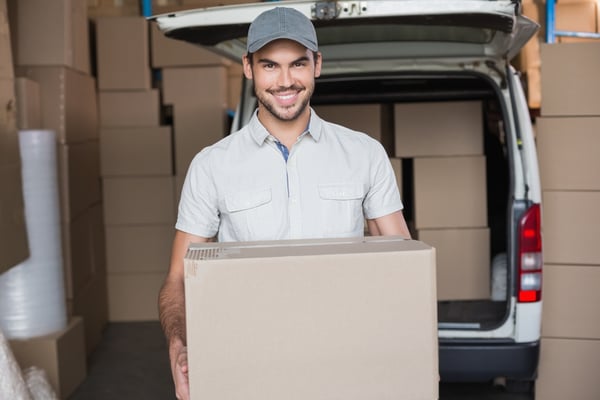
If your product is bulky, delicate, or any kind of unusual shape, it’s important to consider materials that are designed for strength.
Products with a long shelf life that need to stand out even after a long time on the shelf need special considerations, too. A superior print finish, such as with a UV treated high-gloss, liquid-based coating could do just the trick.
It’s always more cost-effective in the long run to pay for adequate protective package design in the first place than to replace damaged goods later on. Shoot for the middle ground sweet spot between when the cost of product damage equals the cost of a protective package and you will be in good shape to satisfy your production budget as well as your customers.
3. Materials And Sustainability
When it comes to the materials you choose to package your product, it’s a good rule of thumb to treat your products like you would treat yourself. Just as you would not want to live in a home that is too big or too small, the right space for the right package has great effect on the end result.
Shrink Films and many other flexible films are lightweight and most yield excellent printing results. The cost from a freight and shipping standpoint is also ultra-favorable for businesses when compared to heavier, bulkier options. Additionally, there are film options available to help your brand promote sustainability.
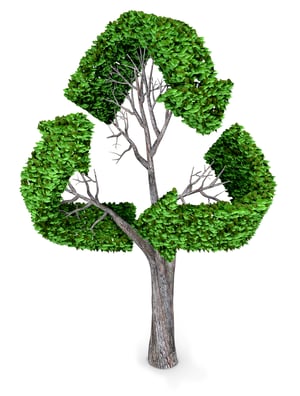
Flexible films are best used for food, dairy, cosmetics, pharmaceuticals, hardware items and retail products to protect, extend shelf life and provide an attractive package on and off the shelf.
Carded options are flexible and ideal for produce, fragile or items that need to be seen to assist in a sale. They are also an excellent option for hang-tab displays in the retail environment. They included the following types;
- Blister Packs
Blister Pack is the name associated with several types of pre-formed plastic packages which are commonly used in the process to package products such as consumer goods, perishables, and pharmaceuticals.
- Clamshells
Clamshells are perhaps the easiest to use. Clamshells look a bit like their namesake as they are made from two identical "shells" that are connected on one side with the other having small hinges that allow it to lock shut.
- Skin Packs
Skin packs are containers that place the product contained within on a piece of skin board (also called a backer). A slim sheet of surlyn or skin poly will cover the product before the backer is applied.
E-Commerce packages are all about ease of use from the consumer standpoint. There are excellent flexible bagging options available today that can protect your product in transit while being easy to open and dispose of.
You will not regret taking the time to get a feel for the different materials available to you. Find out which materials work best and choose those that are most appropriate for your products.
4. Size
If you have a product that comes in four different sizes, you may well be able to reduce costs by designing two different sized packages instead of four individual sizes by being economical with the dimensions and design.
Being creative in this way and incorporating cost saving measures such as this can ensure the integrity of the product you ship. As an added bonus, you will save both time and money, and will also ensure consistency throughout your products.
5. Design And Branding
While it’s important to consider budget, transportation, materials, and package design and to incorporate each of these elements into your overall package design, it’s key to keep your audience at the forefront of each of these decisions.
Keeping your target audience at the forefront of your design along the way will help you meet overall success with package design.
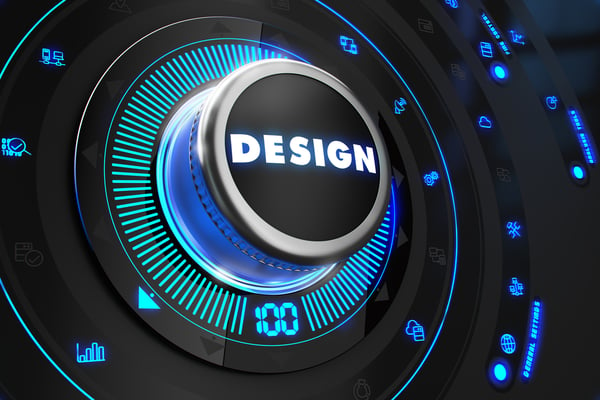
The type of material you choose to use in your package design is a part of your brand, so any disconnect between your materials or design and your brand’s message will confuse consumers and make them lose trust.
To appeal to your customers, you have to research and understand them enough before you make these key marketing and branding decisions.
Market research is a great way to learn what your target audience values and decide how to pair those details with your budget, transportation, and sustainably needs and goals. Always listen to your key demographic and cater to their needs specifically.
The Possibilities Are Endless
There are endless materials to choose from. The only limitations are those of budget, sustainability, and perhaps your imagination. Be sure to review all aspects of these material options and come up with a workable plan that keeps your key demographic as its center.
Most importantly, make sure your brand’s message is conveyed to your audience with any package you put on the shelf.
By taking all of the dynamics above into consideration, you will be well prepared to create a beautiful, sustainable, eye-catching, and quality package. This will ensure that the entire process of choosing the right materials for your company is a seamless and productive process. In the end, you will be sending out only the best looking products for your company.
About David Roberge
I am grateful for my 9 years as part of the outstanding Industrial Packaging team. I was able to hang out with some of the most knowledgeable folks in the packaging industry. I feel even luckier that I was able to share that knowledge with you. I love learning, hiking, and growing people and teams both personally and professionally, and helping companies grow better.
